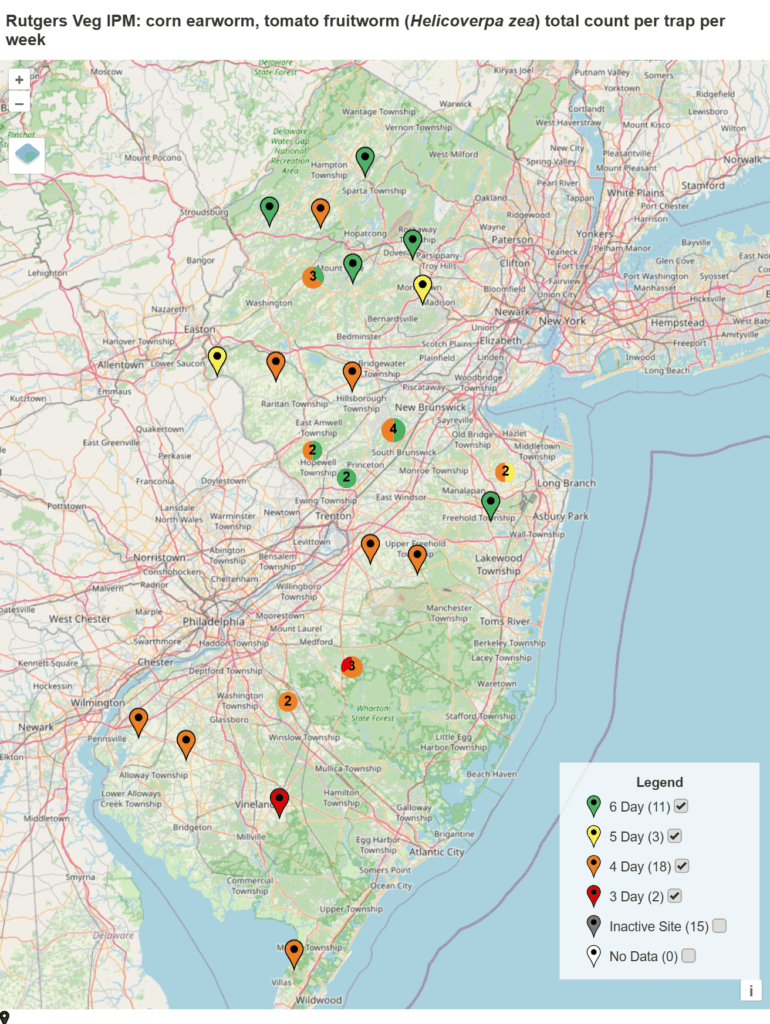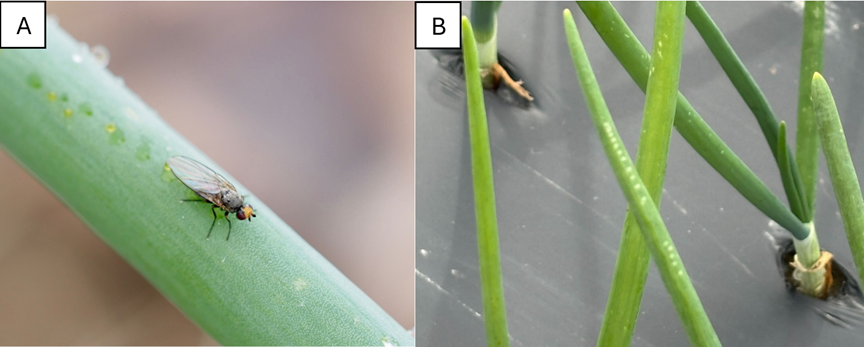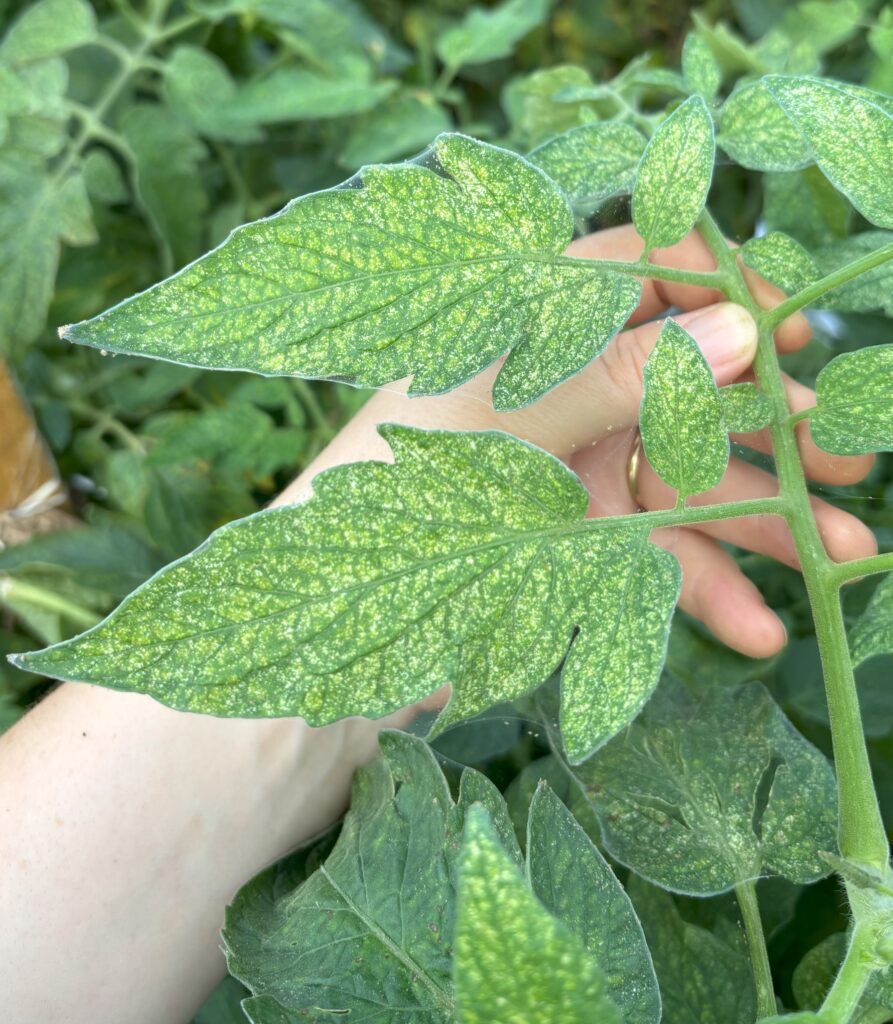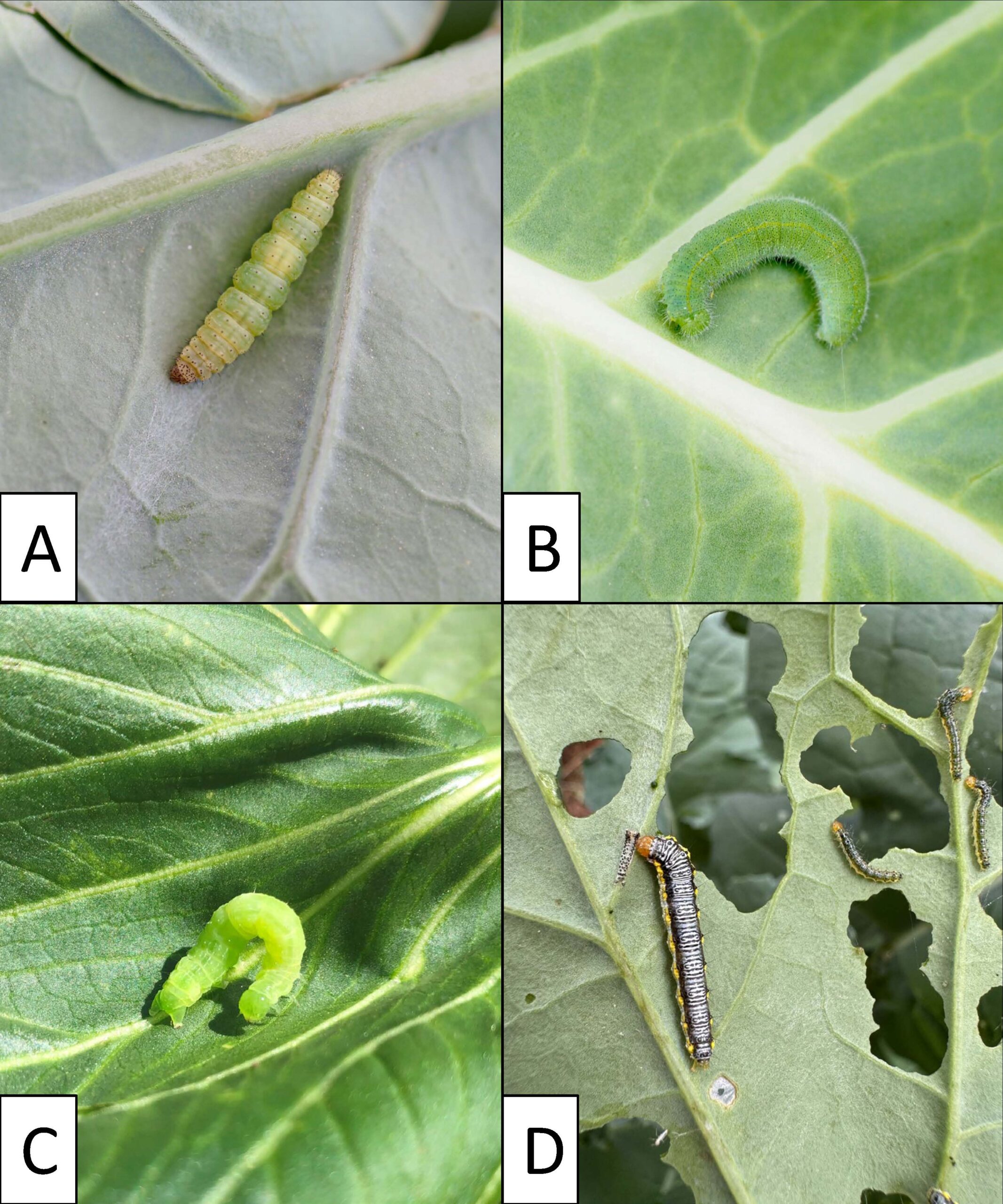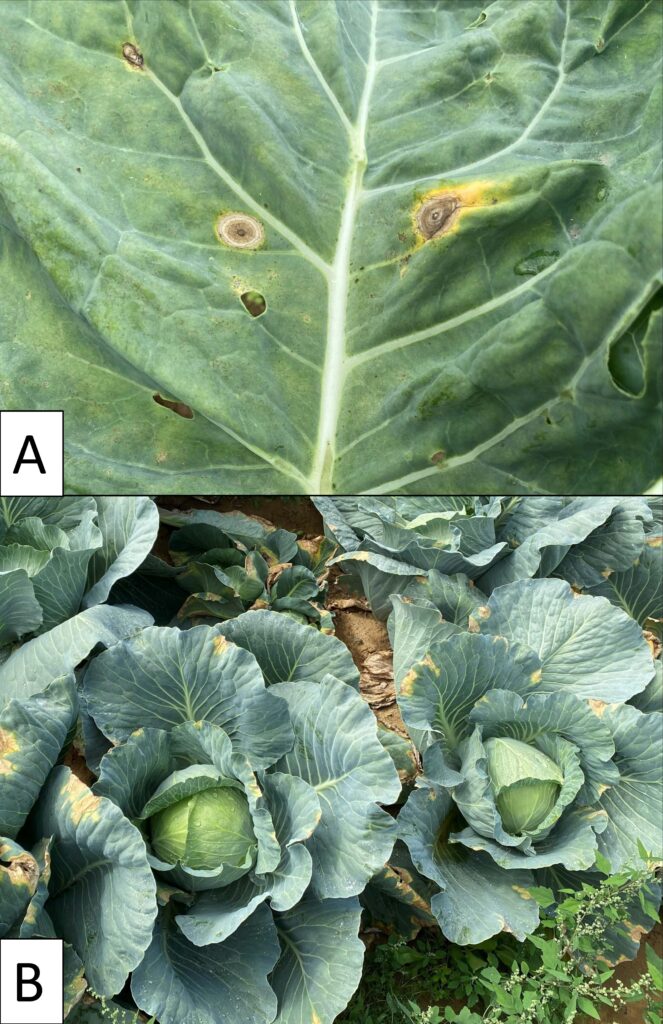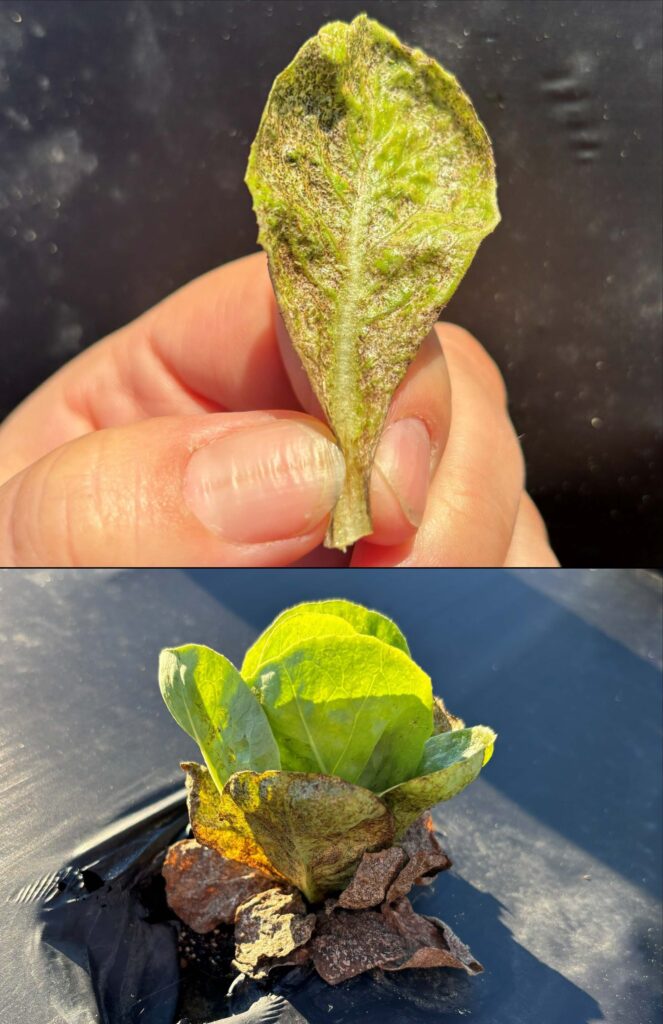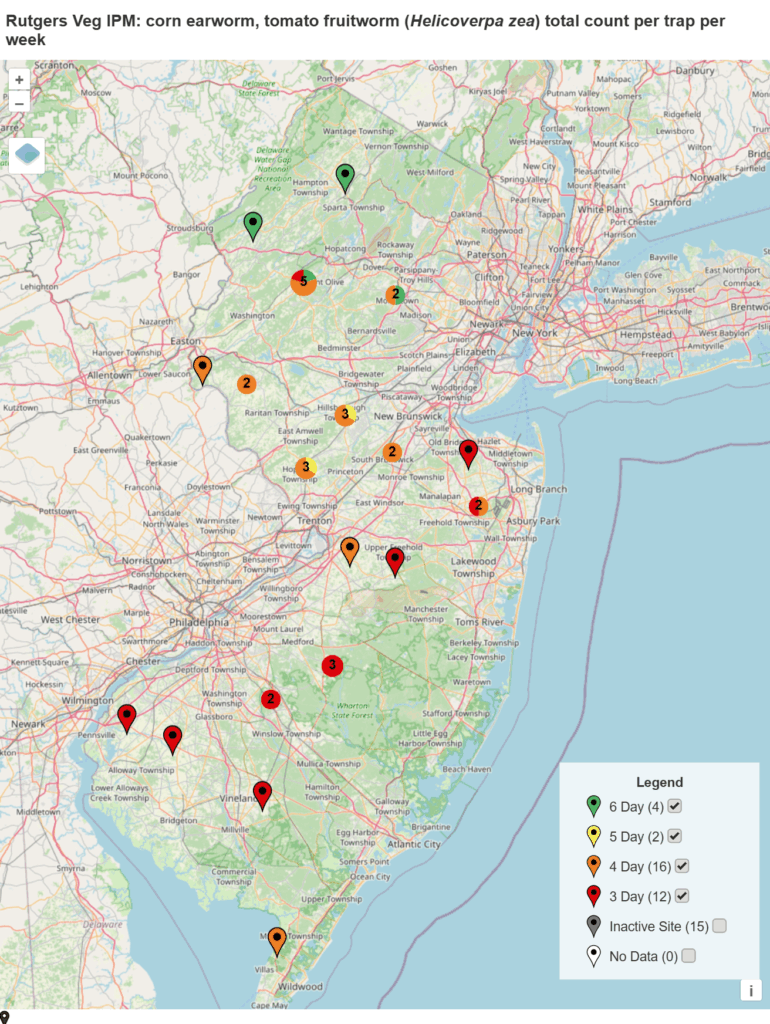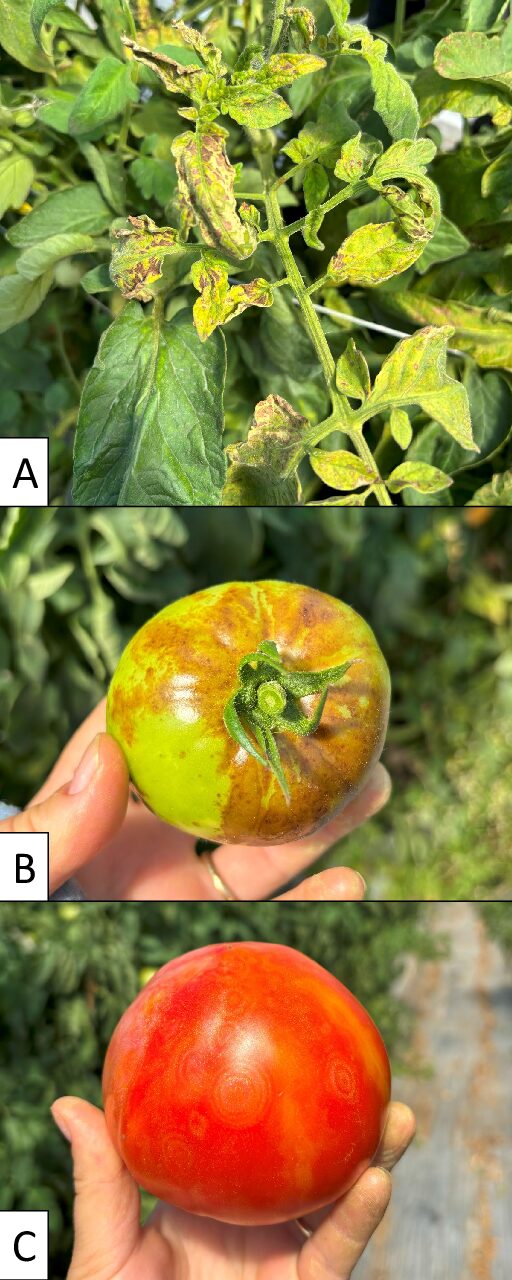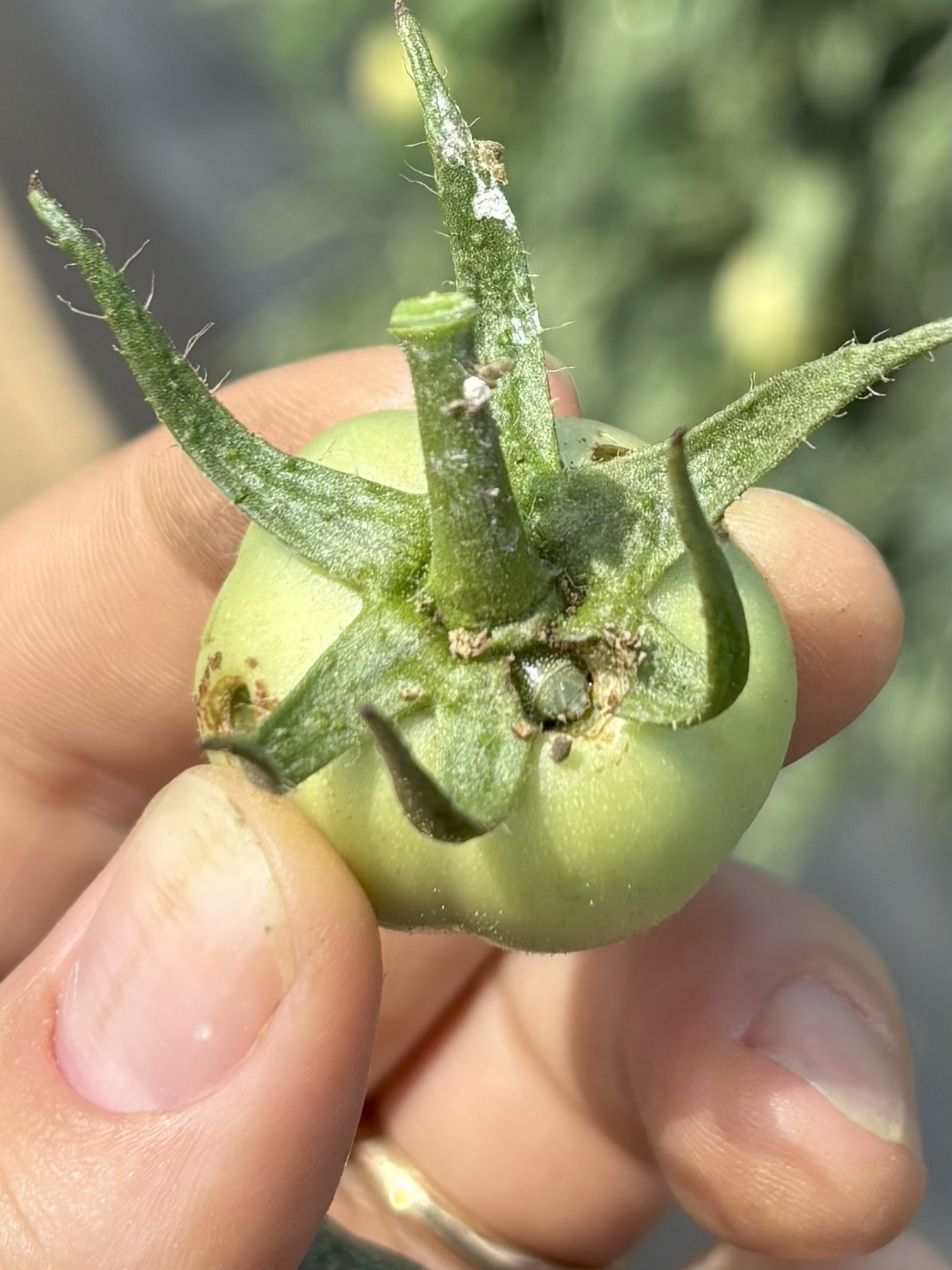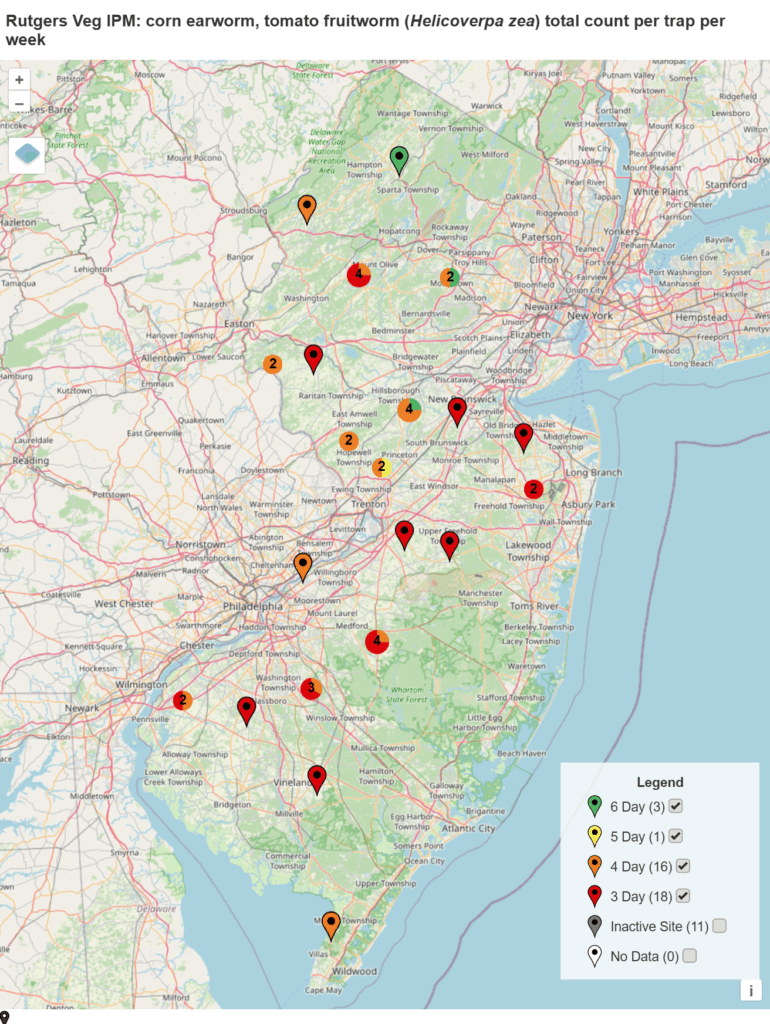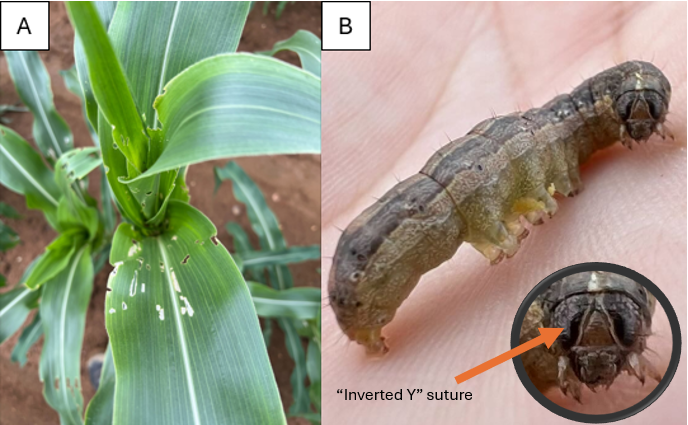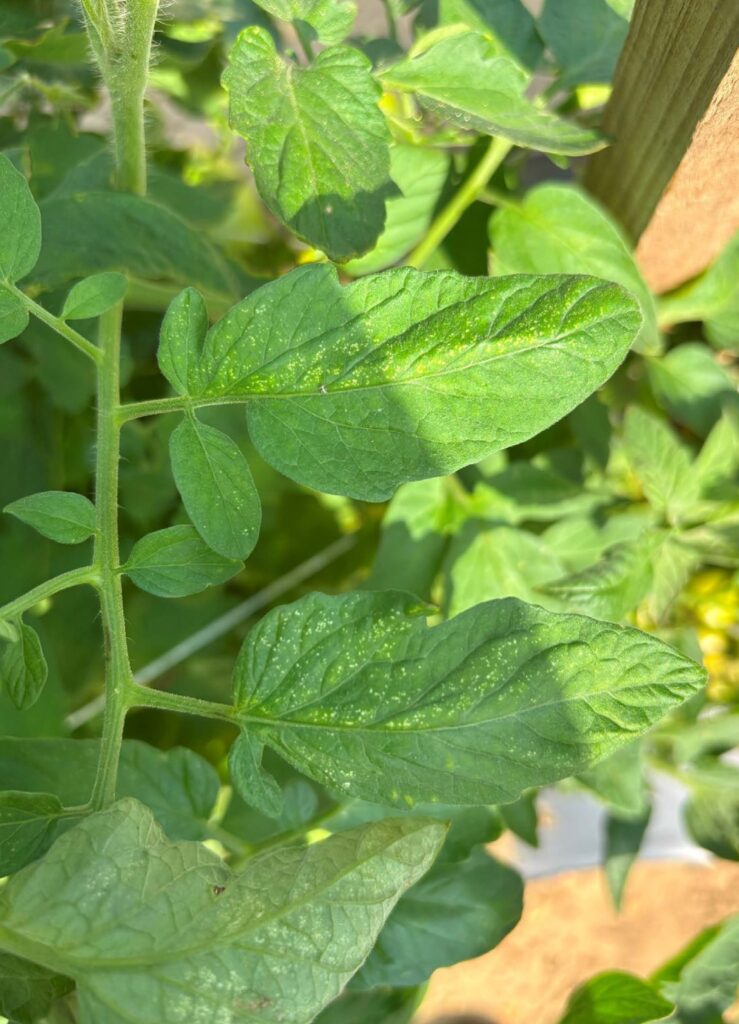Allium leafminer, a leafmining fly, was found about two weeks ago in Lancaster County, Pennsylvania. Since then the leafminer, which feeds on onions and related plants, has been found in four more counties in eastern Pennsylvania; Dauphin, Delaware, Chester, and Lehigh. This is the first time that this fly has been found in the western hemisphere. It belongs to the family Agromyzidae, which has many leafmining species.

Weakened leaves caused by larvae of allium leafminer. Photo by L. Donovall
[Read more…]
